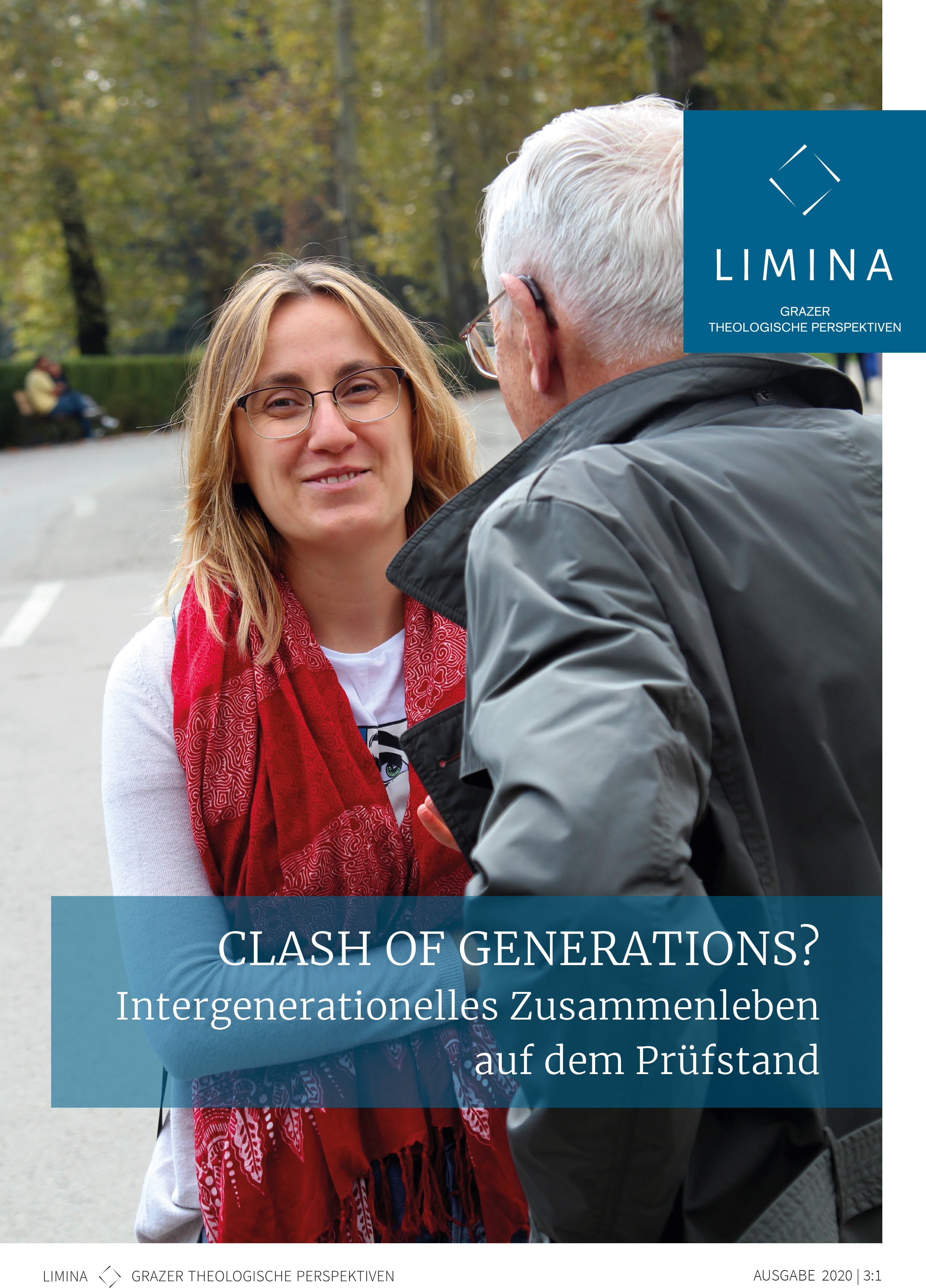The narrative of threat and resistance How cross-generational traditions of remembrance shape collective memory on the example of Carinthia
Main Article Content
Abstract
This article addresses collective traditions of remembrance in Carinthia, which celebrates the centenary of the Carinthian plebiscite on 10 October 1920 with a host of events this year. Taking this occasion as a starting point, the establishment of a “narrative of threat and resistance” that has informed identity formation across generations as part of Carinthia’s collective memory will be investigated. First, the concept of the narrative will be defined as an element of conscious transfer based on the difference between communicative and cultural memory. Then, the transfer of unconscious memories within a collective memory and how they can shape the political culture of a society in ways that still resonate in the present will be examined on the example of Carinthian crypto- Protestantism in the 17th and 18th century. The research applies cultural science concepts according to Jan and Aleida Assmann together with the habitus concept of sociologist Norbert Elias in order to explain the cross-generational transfer of behavioural patterns.
Article Details
The author(s) retain copyright without any restriction.
LIMINA provides immediately upon publication open access to its content. The content of this journal is licensed under the Creative Commons Attribution 4.0 International Licence. By submitting a contribution, the author(s) agree(s) to the terms of use of the CC BY licence.

